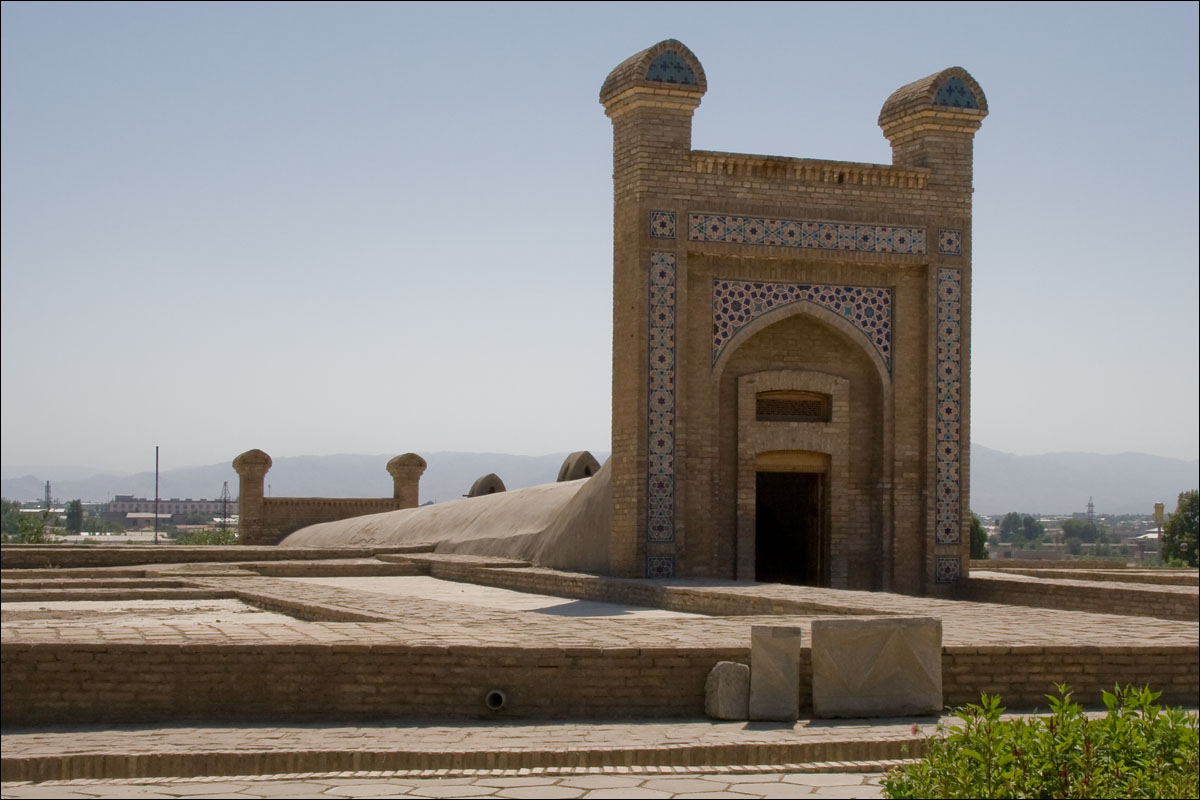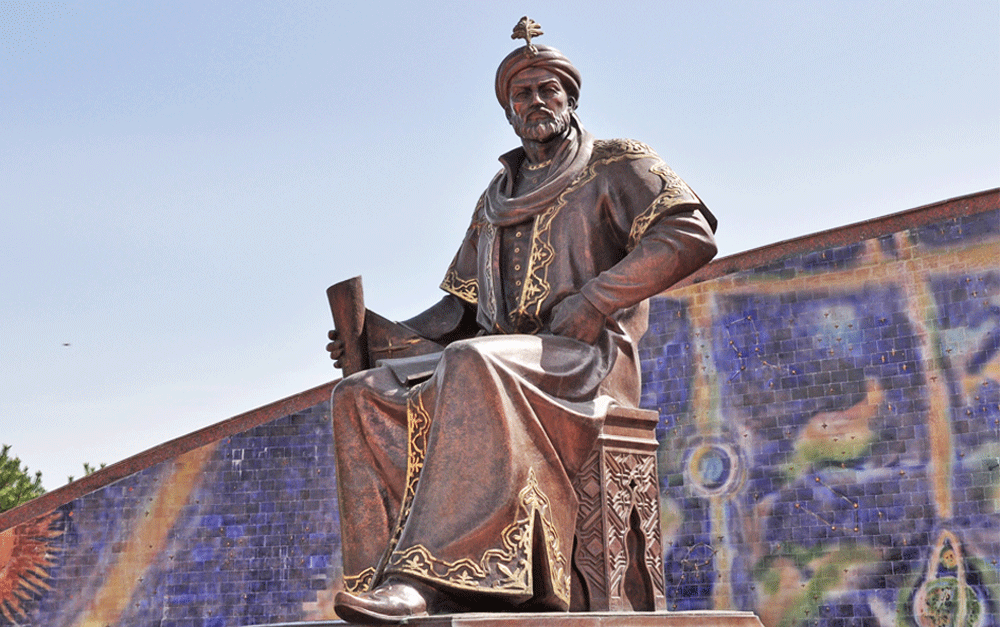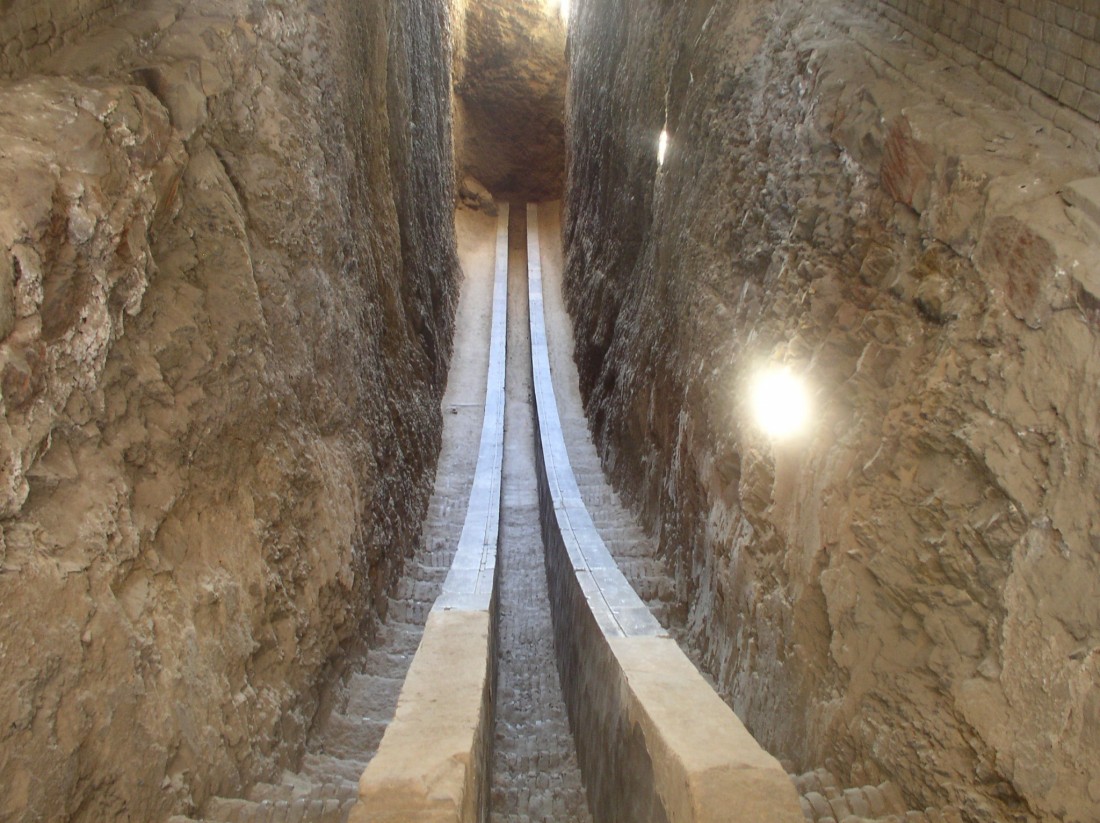“Religion is scattering like fog, kingdoms are being destroyed,
but the works of scientists remain forever ”
(Mirzo Ulugbek)
On one of the hills of Samarkand, there is an unusual structure. It was built over five centuries ago and this is the Ulugbek Observatory, a building that allowed making a breakthrough in medieval astronomy.

Muhammad Taragay ibn Shahrukh ibn Temur Ulugbek Guragan was born in 1394 in the family of Shahrukh, the eldest son of Tamerlane. At the age of 10, he became the ruler of the vast territory of Mawarannahr with the capital in Samarkand. However, in history he became not a formidable ruler, but a great scientist. Mirzo Ulugbek was one of the most educated people in the world and was even a person who was ahead of his time. Perhaps, his contemporaries did not understand everything that Ulugbek did.

When Ulugbek was 8 years old, he accompanied his famous grandfather Amir Temur during the military campaign to Asia Minor and Syria. Once, in the city of Merag, young Ulugbek saw the famous Maragin Observatory, which existed until the middle of the XIV century and was the largest astronomical observatory of its time. About 400 thousand manuscripts were stored there and more than 100 scientists-astronomers worked in this observatory. It is said that since that time Ulugbek had been passionately keen on astronomy.
Thanks to the vast knowledge and power of the ruler, Mirzo Ulugbek was able to create the most equipped astronomical centre of that time. The observatory was round in shape, its diameter reached 46 meters, and the height was at the level of a ten-story building. Although the structure was three-story, each floor was ten meters higher. Inside, along the line of the meridian, Ulugbek built a quadrant – a large 64 meters long instrument, located at an angle of 90 degrees. Before the invention of the telescope, such a quadrant served as a tool for measuring the height of the stars above the horizon and for determining the coordinate of the point from which the measurement was carried out. Ulugbek’s quadrant was the largest in the world at that time, and therefore the most accurate. The observatory consisted of two parts, and the one that was underground had been preserved.

Mirzo Ulugbek spent days and nights at his observatory. The result of the work was the “Gurgan Zij”, a star catalog, in which the astronomer described 1018 stars and divided them into 38 constellations.
Mirzo Ulugbek was able to calculate the stellar year length with unprecedented accuracy – 365 days, 6 hours, 10 minutes, 8 seconds, and the error was less than a minute. He determined the inclination of the Earth’s axis. During his lifetime, the scientific works of Ulugbek were known all over the world. Chinese wrote and talked about him and used the astronomical calculations of Ulugbek. After 200 years, the British scientists were engaged in the discoveries of Ulugbek. His scientific works were translated into Latin.
Ulugbek is not only an astronomer, but also a mathematician, enlightener, poet, historian. In the XV century, he urged the people to education: “the Muslim men and women must possess knowledge”. Ulugbek was very strong in his endeavor to enlighten the people. He built madrassas in Bukhara and Samarkand for this purpose. One of the most famous is included in the ensemble on the Registan Square in Samarkand.
Passion for science at that distant time turned out to be a dangerous affair. Mirzo Ulugbek set religious leaders against himself, and the lack of military victories shook his authority. As a result, an uprising, led by the eldest son of Ulugbek, Abdulatif, was organized.
The decisive battle between father and son took place near Samarkand. Ulugbek’s troops were defeated and he had to surrender. With the consent of Abdulatif, Mirzo Ulugbek went to Mecca, but along the way, the traitors seized Ulugbek and beheaded the ruler. This happened on October 27, 1449.
After the death of Mirzo Ulugbek, the observatory worked for another 20 years, but it was soon closed and the building was gradually destroyed. The opening of the observatory occurred in 1908. Archaeologist Vyatkin, using the documents, was able to find Ulugbek’s observatory in Samarkand.
Comment